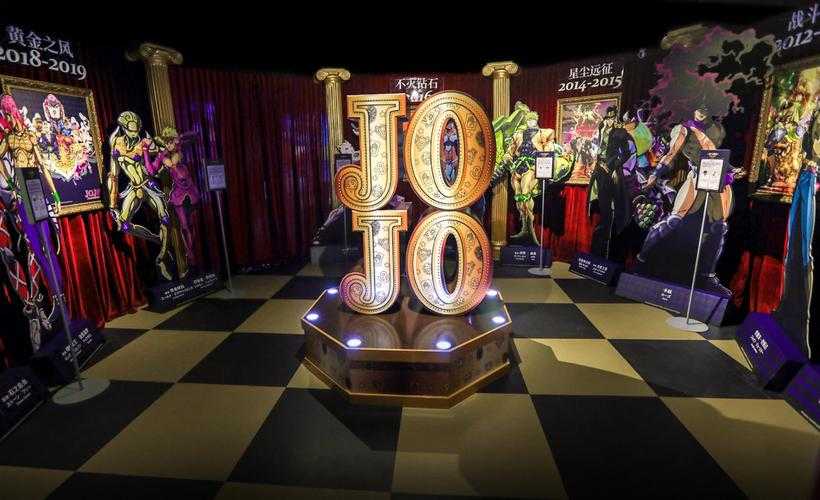The Golden Heart: Humanity's First Interstellar Colony Ship
You know that feeling when you see an old sci-fi movie and think "Wow, we'll never build something that cool"? Well, meet Golden Heart the real-life spaceship that's proving all us doubters wrong. This isn't just another NASA project collecting space dust in some museum it's our generation's Mayflower, currently carrying 12,000 frozen human embryos toward Proxima Centauri b.

From Sketchpad to Star System
The story begins in 2042 when SpaceX and the Chinese National Space Administration did the unthinkable they actually collaborated. The initial design specs were scribbled on cocktail napkins during the 35th International Astronautical Congress in Dubai. Engineer Li Wei later admitted they'd been drinking lychee martinis when the breakthrough propulsion concept hit them.
Key milestones in the development:
- 2045: First prototype fails spectacularly during lunar orbit test (turns out solar sails don't work well when folded)
- 2048: Breakthrough in quantum entanglement communication solves the 22-minute lag problem
- 2051: That awkward moment when they realized nobody had designed embryo cryopods that could survive 80 years in space
Specs That'll Make Your Tesla Feel Ancient
| Length | 1.2 km (including extended solar sail array) |
| Weight | 18,000 metric tons (mostly frozen genetic material and backup systems) |
| Propulsion | Hybrid laser-sail with ion drive backup (because space is unpredictable) |
| Onboard AI | Zheng-7 quantum neural network with 12 redundant backups (nobody trusts just one AI anymore) |
Why "Golden Heart"?
The naming committee nearly went with something boring like Voyager 3 until chief biologist Dr. Amina Okoye pointed out the ship's core containment unit protecting humanity's genetic future literally glows gold under certain lighting conditions. The poetic symbolism stuck, though engineers still grumble about the cheesy name at their weekly poker games.
The Frozen Generation
Here's where it gets wild there are no living crew members aboard. Instead, the ship carries:
- 12,000 human embryos representing all ethnic groups
- 200,000 plant and animal zygotes (including 30,000 microbial cultures)
- Complete digital Library of Alexandria 2.0 (now with 98% less papyrus)
The onboard AI systems will handle everything from navigation to thawing procedures upon arrival. Though there was that one tense moment during testing when the nursery-bot kept misplacing embryo vials turns out it had confused them with soy sauce packets from the engineers' lunch orders.
Messages From Earth (That Nobody Might Read)
Buried in the ship's memory core are petabytes of personal messages from Earth's inhabitants. My personal favorite? The 8-year-old who wrote: "Dear future people, if you find this and we're all dead, can you bring back dinosaurs? Just the nice ones please."
The ship's current status (as of April 2045):
- 0.7% of journey completed
- 32 minor system errors detected (all within expected parameters)
- 12,001 embryos (someone snuck in their cat's fertilized egg we're looking at you, Dr. Chen)
As I write this, Golden Heart is silently coasting past Jupiter's orbit, its golden core pulsing faintly like... well, a heartbeat. Maybe those old sci-fi writers weren't so unrealistic after all. The ship's next scheduled data burst should reach Earth right around the time I'm picking up my daughter from soccer practice - a nice reminder that while we're worrying about daily chores, part of humanity is already sailing toward the stars.
